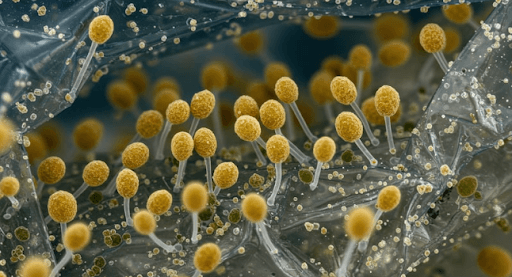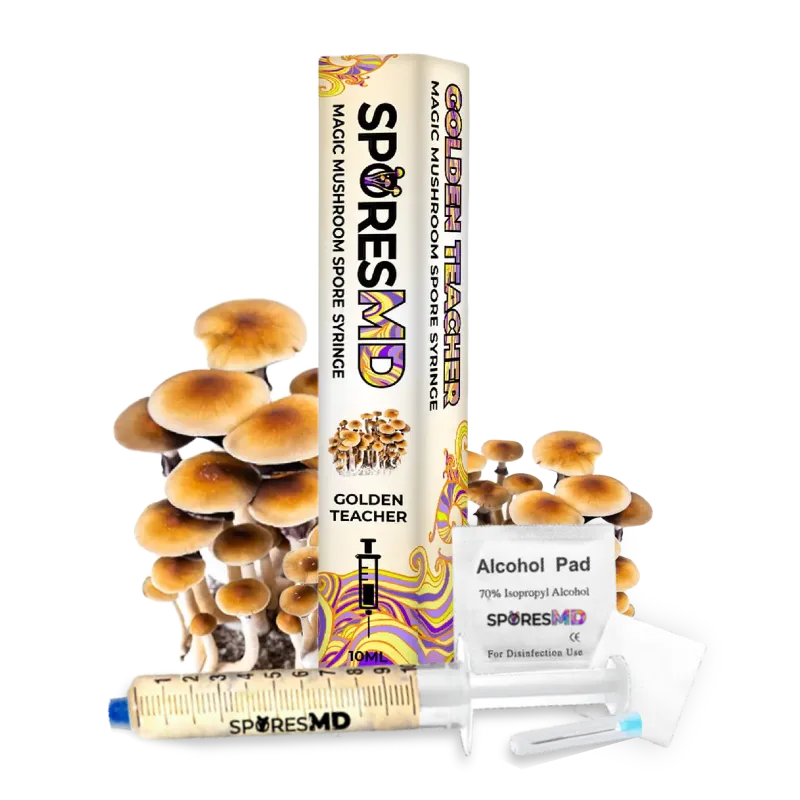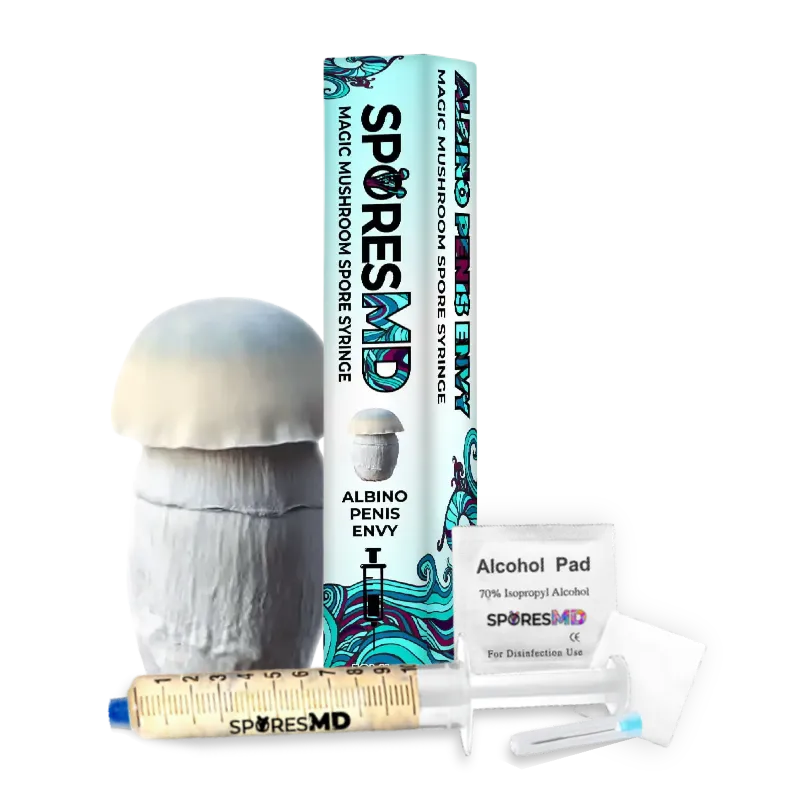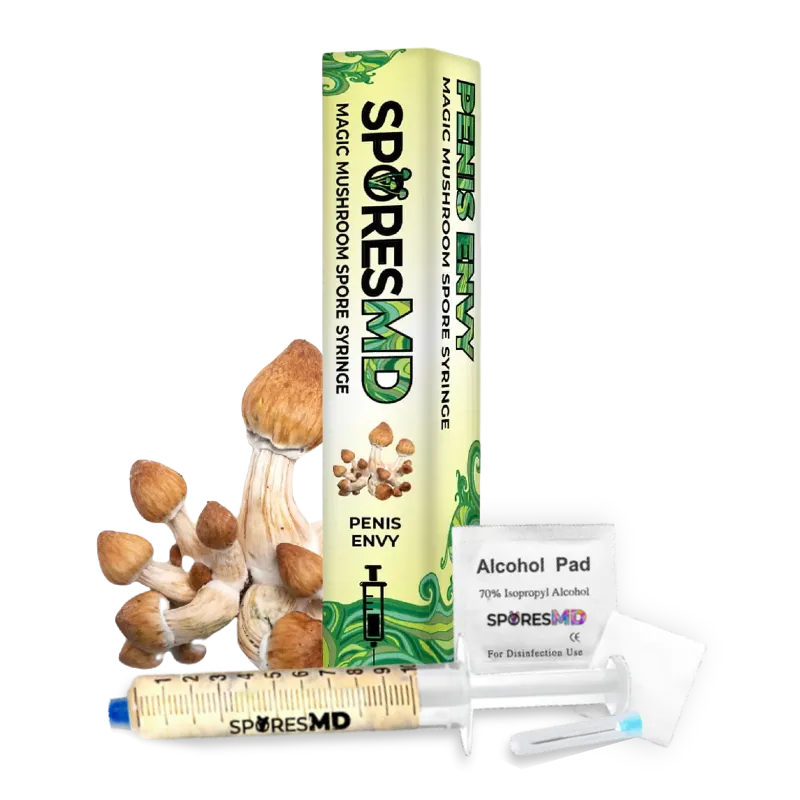Mushroom spores often go unnoticed, yet they hold the key to one of nature’s most complex and fascinating life forms. These microscopic powerhouses serve as the starting point for every fungal organism, carrying the genetic blueprint that allows species to adapt, survive, and evolve. For researchers, the challenge lies in uncovering the hidden processes behind these spores, how they develop, disperse, and influence ecosystems on both microscopic and global scales. Without understanding spores, our grasp of fungal biology, genetics, and ecological relationships remains incomplete.
By delving into the world of mushroom spores, researchers gain access to a wealth of scientific opportunities. From studying genetic expression and symbiotic behavior to uncovering potential breakthroughs in biotechnology and medicine, spores provide a foundation for innovation. Through microscopy and controlled cultivation, scientists can observe fungal life at its earliest stage, paving the way for new insights into how fungi shape the natural world and how those discoveries can lead to real-world applications. For those ready to expand their studies into the microscopic world, explore our Microscopy Liquid Cultures today for detailed observation.
Unlocking Mycological Insights Through Controlled Growth
Mushroom spores are indispensable in both applied and basic research. Using spores as a starting point, scientists can investigate fungal genetics, enzymatic activity, secondary metabolites, and symbiotic interactions. Researchers typically use spores to:
- Inoculate agar plates or sterilized substrates to initiate growth
- Study hyphal growth patterns and colony morphology
- Extract DNA for sequencing and genetic analysis
- Produce mycelium for biochemical or pharmacological studies
This makes spores essential tools for creating reproducible experiments and advancing mycological research. SporesMD simplifies this process for researchers by providing ready-to-use Microscopy Liquid Cultures that eliminate the variability often associated with spores alone. These liquid cultures allow scientists to observe fungal development more directly, study specific genetic expressions, and streamline the cultivation process for research and educational purposes. For those committed to pushing their research beyond the surface, explore SporesMD’s premium Microscopy Liquid Cultures today.
Exploring How Spores Drive Adaptation and Ecological Balance
Mushroom spores serve as the primary means of reproduction for many fungi. They are produced in large quantities on specialized structures called fruiting bodies, the mushrooms we see above ground. Each spore contains a haploid nucleus that, when it finds a suitable environment, can germinate into hyphae, the filamentous structures that make up the mycelium of a fungus.
From a scientific perspective, spores are crucial for dispersal and survival. They allow fungi to colonize new environments, adapt to changing conditions, and maintain genetic diversity. Key roles of mushroom spores include reproduction, dispersal, genetic variation, and ecological contributions.
For microscopy research, studying these reproductive stages provides a window into fungal adaptability and development. That’s why many researchers rely on high-quality microscopy liquid cultures, like the ones offered by SporesMD, to examine genetic variation and morphology with precision and reliability.
Shapes, Sizes, and Secrets Hidden in Fungal Spores
Mushroom spores vary in size, shape, and surface texture depending on the species. Most spores range from 4 to 20 micrometers in length, and their forms can be spherical, oval, elliptical, or even star-shaped. Researchers pay close attention to structural features such as:
- The spore coat, a protective outer layer that resists environmental stress
- The haploid nucleus, which contains the genetic material
- Surface ornamentation, like ridges or spines, can aid in identification and dispersal
These characteristics are essential for species identification, evolutionary studies, and understanding ecological adaptations.
Our microscopy cultures, including popular strains like Albino Penis Envy, Penis Envy, Jack Frost, Golden Teacher, and Tidal Wave, showcase a wide range of these morphological variations. Researchers can explore spore and mycelial diversity under the microscope, observing how each strain expresses its unique physical and genetic traits. For research that deserves more than average results, choose our laboratory-tested microscopy liquid cultures today.
From Fruiting Bodies to New Frontiers of Growth
Fruiting bodies are designed to efficiently produce and disperse spores. Different species employ unique mechanisms to spread their spores into new environments. Gilled mushrooms release spores from the underside of the cap, often carried by air currents. Puffballs disperse spores explosively when compressed, while some fungi rely on insects or water to transport spores to new locations.
Understanding these dispersal strategies is vital for both ecological studies and laboratory research, where controlled spore collection is used to initiate pure cultures or perform experiments. For controlled research environments, microscopy liquid cultures, such as SporesMD’s extensive catalog, offer a stable and contamination-free starting point for studying growth, germination, and dispersal processes in a reproducible way.
Maintaining Integrity and Safety in Spore Research
Handling mushroom spores requires careful attention to safety and ethical standards. Protective equipment such as gloves, lab coats, and masks is recommended, especially when working with spore powders or syringes. Proper ventilation helps reduce inhalation risks, and sterilization of media, tools, and surfaces prevents contamination.
Sourcing spores from reputable suppliers ensures accurate identification and purity, which is essential for reliable research. SporesMD provides lab-tested microscopy liquid cultures that meet these standards, offering researchers dependable material for experiments and cultivation studies.
Exploring Spore Anatomy Through Modern Imaging
Studying mushroom spores under a microscope provides researchers with invaluable insight into their structure, function, and taxonomy. Depending on the technique used, you can reveal both surface details and internal features that are crucial for identification and analysis. Common microscopy approaches include:
- Light Microscopy: Observe spore size, shape, pigmentation, and basic structural features.
- Scanning Electron Microscopy (SEM): Capture highly detailed images of surface structures and ornamentation.
- Staining Techniques: Highlight internal features and assess spore viability using dyes or specialized stains.
- Quantitative Analysis: Measure spore density, germination rates, and reproductive output with tools like hemocytometers or digital imaging.
- Species Identification: Combine morphological observations and microscopy data to confirm species or assess ecological relationships.
By applying these techniques, researchers can accurately study spores for purposes ranging from taxonomy and ecology to cultivation research. Each method offers a unique lens, making microscopy an essential component of spore analysis.
When paired with SporesMD’s Microscopy Liquid Cultures, these methods become even more effective. The pre-prepared, contaminant-free cultures allow researchers to focus on microscopic evaluation rather than preparation, enabling high-precision observations across diverse strains like Golden Teacher and Jack Frost.
Decoding Fungal DNA to Advance Scientific Frontiers
Mushroom spores are increasingly important in molecular biology. DNA extracted from spores allows researchers to sequence genomes, amplify specific genes, map traits, and explore secondary metabolite pathways. Spore-derived cultures also enable hybridization of strains, production of novel genotypes, and testing of environmental adaptations. These applications make spores a cornerstone of both experimental and applied mycology research.
SporesMD’s Microscopy Liquid Cultures, including Albino Penis Envy and Tidal Wave, provide researchers with consistent genetic material ideal for comparative analysis and molecular sequencing. This makes them valuable for academic studies, pharmaceutical research, and biotechnological innovation.
Spores Are Paving the Way for Tomorrow’s Breakthroughs
The potential of mushroom spores continues to expand in research and industry. They are central to drug discovery, environmental studies, sustainable agriculture, and industrial biotechnology. With the global mycelium market already valued at over USD 3.36 billion in 2024 and projected to reach USD 7.01 billion by 2033, the demand for reliable, research-grade spore materials is growing faster than ever. Advances in microscopy, molecular techniques, and cultivation methods are unlocking new possibilities, making spores invaluable for modern mycology.
Explore Endless Potential Hidden in Every Spore
Mushroom spores are tiny but powerful units of reproduction that play a fundamental role in fungal biology. They provide researchers with the tools to study growth, genetics, ecology, and applied biotechnology. By understanding spores and their characteristics, scientists can unlock the full potential of fungi in research and industry.
For researchers ready to take their microscopy studies further, explore our Microscopy Liquid Cultures today. With lab-tested strains like Albino Penis Envy, Penis Envy, Golden Teacher, Jack Frost, and Tidal Wave, you can conduct detailed, consistent, and reliable fungal research.







